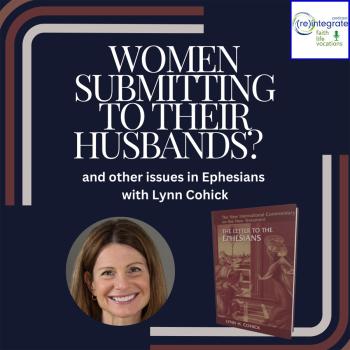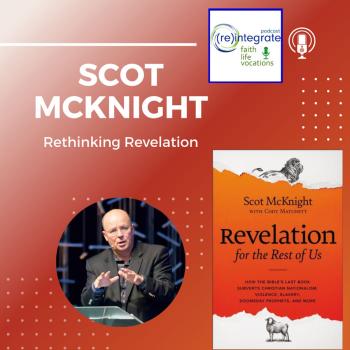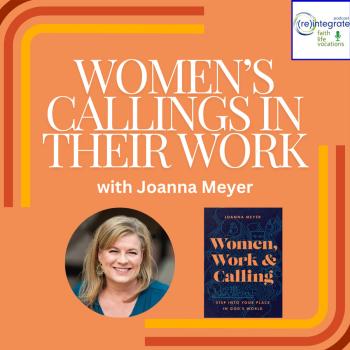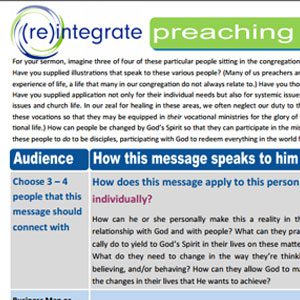 Introducing the (re)integrate preaching application matrix.
Introducing the (re)integrate preaching application matrix.
Chris Rosebrough (the “Captain” of Pirate Christian Media) recently wrote a scathing post at “Letter Of Marque.”
He wrote,
“There is an epidemic of Narcissistic Eisegesis a.k.a. Narcigesis, infecting the churches in America today. Pastors and Bible teachers have mastered the art of allegorizing all of the characters and details of every Bible story in order to make the stories about YOU.”
When I first read this, I couldn’t help but bust out in laughter. I’ve been preaching for over twenty years. I’ve listened to countless sermons in that time as well. And it is far too common to go for the heartstrings and apply a sermon to the individual needs of the people sitting in the congregation. Our messages and our worship songs are often about “Me and Jesus,” with little thought about “Us and our Mission in the World.”
Chris explains the primary assumption behind “Narcigesis:”
“Every Bible story is about YOU. And, since YOU struggle with setbacks, problems and challenges that keep YOU from achieving YOUR maximal greatness that means that the Bible is really all about giving YOU a road map that YOU can follow to achieve YOUR dreams and god-given destiny.”
But we know (don’t we?) that the Bible is about God’s overarching mission to restore his creation. We know (I hope!) that God is not only interested in our applying the Bible personally, but also to the entirety of the world – God’s doing something much bigger than any one of us, and our pleasure is to participate in that bigger mission.
To help myself in sermon application, I’ve developed this preaching matrix. If you preach on a regular basis, perhaps it can help you too.
Who is Your Audience?
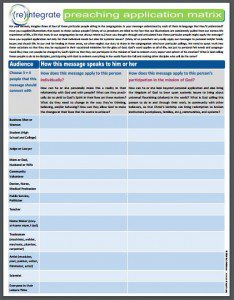
Imagine three of four of these particular people sitting in the congregation: A business man or woman, a student (high school and/or college), a judge or lawyer, a mom or dad, a husband or wife, a community volunteer, a doctor, nurse, or other medical practitioner, a public servant (perhaps a politician), a teacher, a homemaker (stay-at-home mom or dad), a tradesman (machinist, welder, mechanic, plumber, carpenter, etc.), an artist (musician, poet, painter, writer, filmmaker, actor, etc.), a scientist, or even everyone in their leisure time.
How Does Your Sermon Speak to Him or Her?
Understandability
Is your message understood by each of them in language that they’d understand? Have you supplied illustrations that speak to these various people? (Many of us preachers are blind to the fact that our illustrations are consistently pulled from our narrow life experience of life, a life that many in our congregation do not always relate to.)
Individual AND Systemic Application
Have you thought through and articulated how these particular people might apply the message? Have you supplied application not only for their individual needs but also for systemic issues? (Many of us preachers very easily apply our messages to personal and/or family issues and church life. In our zeal for healing in these areas, we often neglect our duty to those in the congregation who have particular callings. We need to speak truth into these vocations so that they may be equipped in their vocational ministries for the glory of God. God’s word applies to all of life, not just to personal felt needs and congregational life.)
How can people be changed by God’s Spirit so that they can participate in the mission of God to redeem every aspect and sphere of his creation?
What is God calling these people to do to be disciples, participating with God to redeem everything in the world from the Fall and making other disciples who will do the same?




